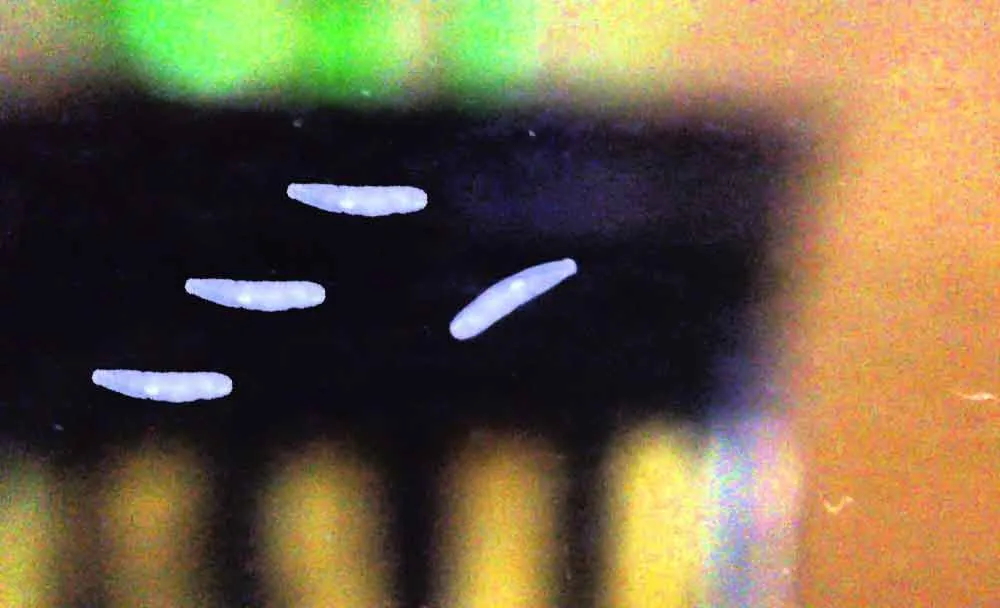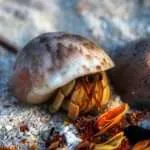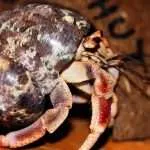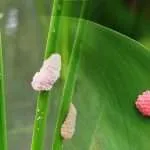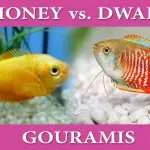After spending hours and resources on your aquariums, the last thing you want to start worrying about is how to get rid of Rhabdocoela from the aquarium.
Seeing Rhabdocoela worms infest your aquarium can be scary.
However, don’t freak out. Rhabdocoela in your aquarium is not harmful to your fish or other aquatic pets.
In the same vein, understanding what these worms are, how they got there, and the best ways to get rid of Rhabdocoela in your aquarium will help you make the right decisions.
What is Rhabdocoela in Aquarium?
Rhabdocoela worms are detritus eaters. They feed on rotten organic matter in the aquarium.
They feed on algae, rotten plants, and fish foods. Rhabdocoela worms eat bacteria and are generally harmless to aquatic life.
If you are worried about the Rhabdocoela in your aquarium, read on, as this blog post will educate you on dealing with Rhabdocoela, especially how to get rid of them and have your aquarium back.
To begin with, let us make sure that what you are seeing in your aquarium is Rhabdocoela.
Other worms can suddenly appear in your tank and knowing if what you have is Rhabdocoela is crucial to what lines of action or steps you are to take.
How to Recognize Rhabdocoela in Aquarium
The Rhabdocoelas are small worms of no more than 0.2 inches that grow when there are too many nutrients in a tank.
They have distinctive two-round ends that separate them from other flatworms like Planaria, which have a triangular shape.
To be sure the worms in your tank are Rhabdocoela; Please watch the video below.
There are several ways to get rid of Rhabdocoela in your aquarium. Read on to pick the one that suits you best:
How to Remove Rhabdocoela From your Aquarium
1.) Getting Rid of Their Food Source
As detritus worms, Rhabdocoela feeds on decomposing food at the bottom of your tank.
You must reduce the amount of leftover food in your aquarium to control the population of Rhabdocoela in your fish tank.
Rhabdocoela breakout in the aquarium is, most times, traceable to overfeeding in your tank.
Ensure you give your fish the amount of food they can consume at a go.
Once you starve these worms, their population will decrease.
2.) Introduce Predatory Fishes that Feed on Rhabdocoela.
Many fishes feed on small worms and flatworms, like Rhabdocoela and its likes.
Housing such fishes in your aquarium can help you eliminate the Rhabdocoela infestation in your aquarium in no time.
Examples of predatory fish that feed on Rhabdocoela are:
- Angelfish
- Goldfish
- Guppies, etc.
If your aquarium contains saltwater, I recommend the addition of leopard wrasse, yellow coria wrasse, and glow damsels.
3.) Remove the Rhabdocoela from your aquarium by Changing the Water.
Another way to get rid of Rhabdocoela in your aquarium is to change the water in the aquarium.
Every change of water reduces the Rhabdocoela and helps them get under control.
You can significantly reduce the number of Rhabdocoela by vacuuming the substrate or gravel.
Not only will this clean out the food these worms are eating, but It would also suck many worms to the point where you won’t see them in your fish tank.
However, avoid abruptly changing the aquarium biota balance when vacuuming your tank.
You need an Aquarium Vacuum cleaner to carry out this water changing and cleaning.
Here is one I found on Amazon; it is affordable and has lots of customer reviews:
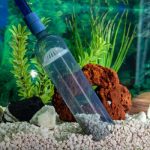
Aquarium Gravel/Substrate Vacuum Cleaner
The Aquarium vacuum cleaner filters & siphons the waste and specks of dirt and worms out of the water.
(Amazon affiliate link)
4.) Use Deworming chemicals.
While using one of the various chemicals on the market can help you get rid of Rhabdocoela in your tank, it is not always the best option.
Many aquatic species react negatively to these chemicals. Invertebrates like shrimp and snails are especially at risk.
Please remove your aquatic pets from the aquarium before using these chemicals.
Talking to a fish vet before using any chemical is also best. They can advise on how these chemicals affect your aquarium ecosystem.
You need to know how a particular chemical affects the bottom dwellers and feeders like silverfish, kuhli loaches, lionfish, etc.
How do you prevent Rhabdocoela from entering your aquarium?
The best strategy to control Rhabdocoela is to prevent them from entering your tank in the first place.
To do so, always ensure routine maintenance of your tank.
It is also imperative to quarantine all new fishes or aquatic life before introducing them into the aquarium, and it should not be limited to fishes only.
Ensure you wash all new rugs, plants, or other things before placing them in the aquarium.
All these precautions will drastically reduce the chances of Rhabdocoela invading your tank.
Other Flatworms that can infest your Aquarium
Rhabdocoela isn’t the only flatworm that can cause problems for your aquarium ecosystem.
Other flatworms can infest your aquarium; some are not as nice or harmless as the Rhabdocoela.
Here are the other types of popular flatworms you can find in your tank:
Planaria:
These are triangularly shaped flatworms found in both saltwater and freshwater.
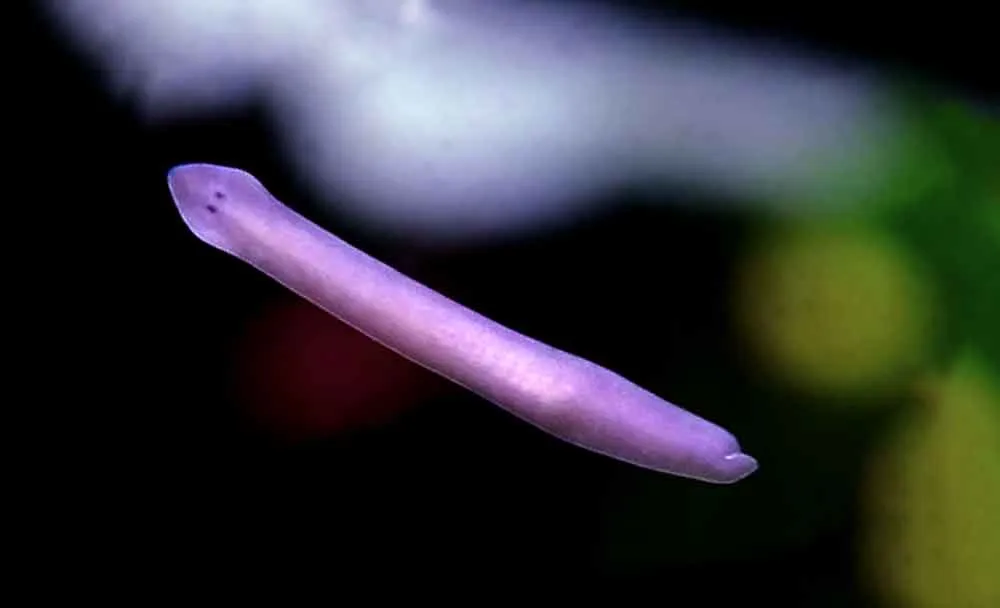
Planaria can grow up to 0.6 inches and have different colors, depending on what they are feeding on.
Unlike Rhaddocoela, they can be harmful to your aquatic pets. They are known to prey on fishes and shrimps, and eggs.
Rust Brown Flatworms:
These are the most common flatworms found in saltwater.
They are oval and come in many colors, like tan and brown. They have red dots.
Like the Rhabdocoela, they infest aquariums with too many nutrients and like to stay in low-flow aquariums.
Acropora Eating flatworms:
They are oval but can be almost invisible in corals.
Conclusion:
While the Rhabdocoela can be harmless, no one wants to see them in their aquarium.
I hope you now understand how they got into your aquarium and how to get rid of them.
Remember to change your water regularly, and ensure you clean everything before introducing them to your aquarium.

